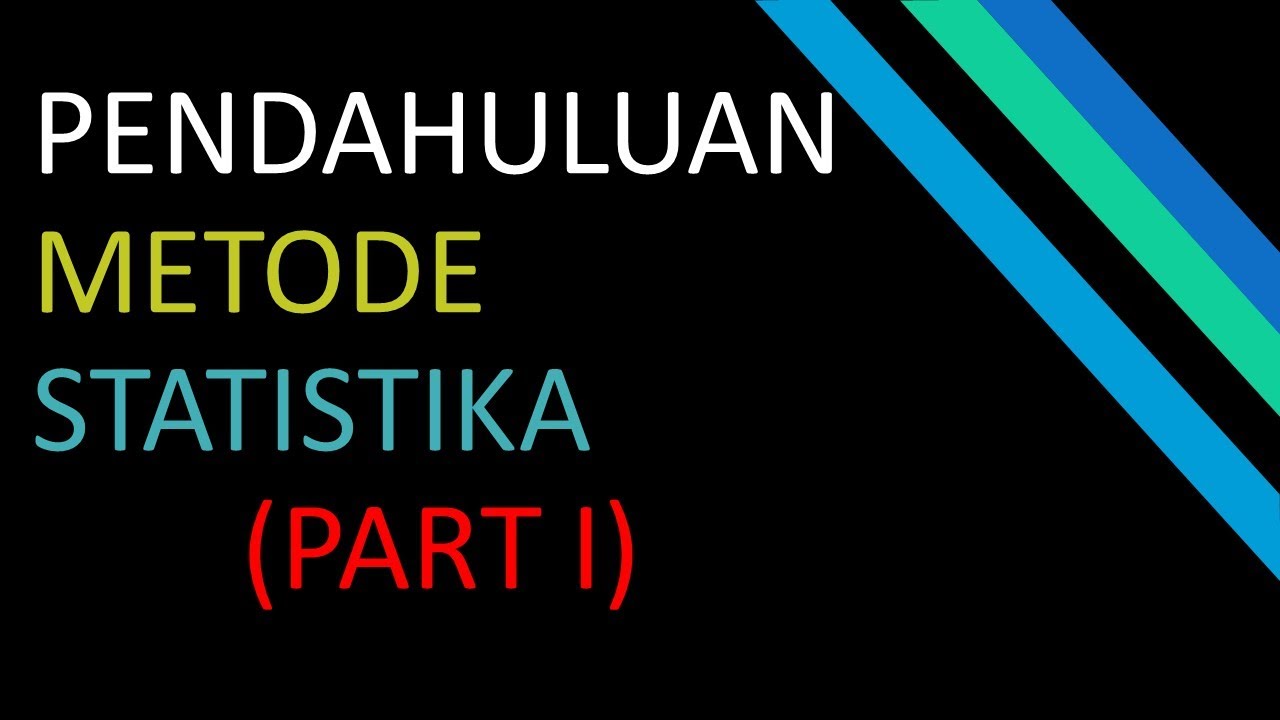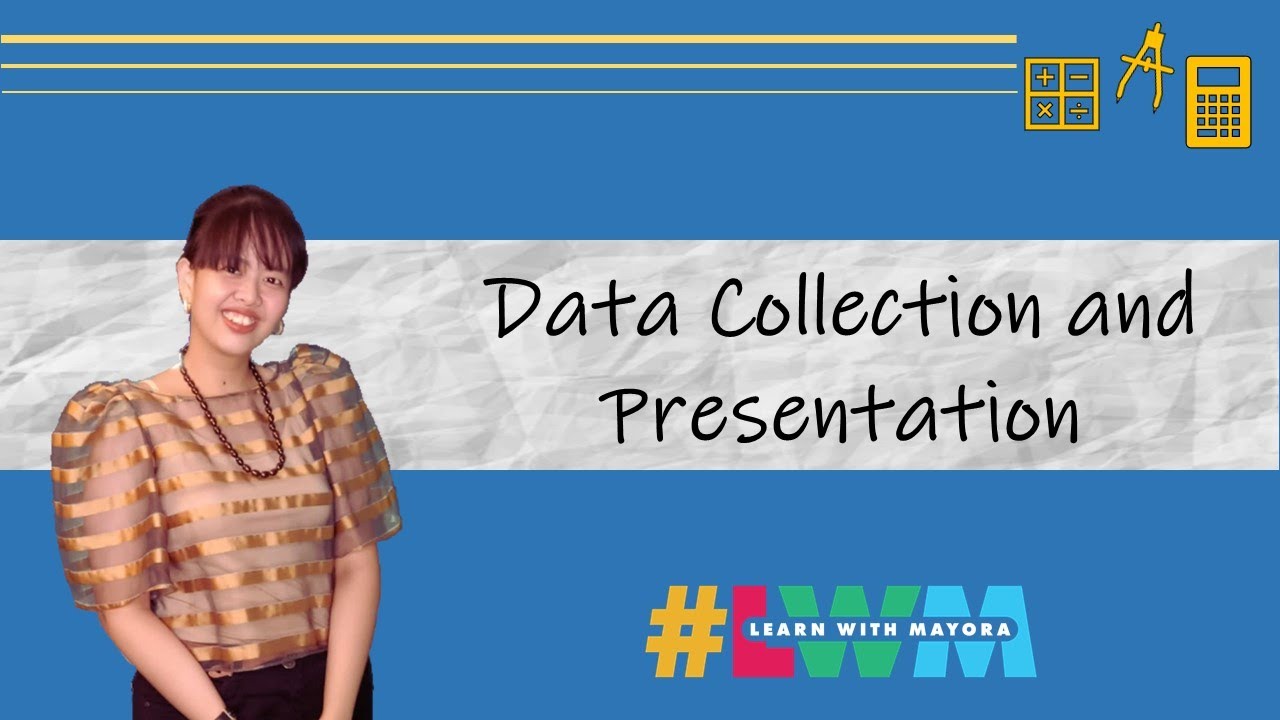4.2 | DATA COLLECTION & PRESENTATION | DATA MANAGEMENT | MATHEMATICS IN THE MODERN WORLD | ALOPOGS
Summary
TLDRThis video explores the fundamentals of data collection and presentation in statistics, distinguishing between primary and secondary data. It emphasizes the importance of organizing raw data through methods such as arrays, frequency distribution tables, and various graphical representations including histograms, frequency polygons, and pie charts. The video provides practical examples, illustrating how to construct and interpret frequency tables, class intervals, and cumulative frequencies. Ultimately, it highlights the significance of making data comprehensible and meaningful for effective statistical analysis.
Takeaways
- 😀 Primary data is collected directly by the researcher, while secondary data comes from existing sources.
- 📊 Systematic presentation of data is essential for clarity and comprehension.
- 🗂️ Data can be represented in three main ways: textual, tabular, and graphical formats.
- 🔢 An array is used to organize raw data by ordering observations from smallest to largest (or vice versa).
- 📈 A frequency distribution table summarizes data into classes with corresponding frequencies.
- 📏 Class intervals should be consistent, with 5 to 15 classes typically used to categorize data.
- 🔎 Class marks represent the midpoint of each class, while class boundaries indicate the limits between classes.
- 📉 Histograms provide a visual representation of frequency distributions using vertical bars for each class.
- 🔷 Frequency polygons plot class marks against frequencies to create a closed figure, offering a different visual perspective.
- 🍰 Pie charts visually represent proportions of data categories, making it easy to compare frequencies at a glance.
Q & A
What are the two main types of data discussed in the script?
-The two main types of data are primary data, which is collected directly by the researcher, and secondary data, which is obtained from existing sources.
How is primary data defined?
-Primary data is defined as the data collected directly by the researcher themselves, making it a first-hand or original source.
What are the three ways to represent data as mentioned in the script?
-The three ways to represent data are textual form, tabular form, and graphical form.
What is an array in the context of data organization?
-An array is an ordering of observations from smallest to largest or vice versa, which helps in perceiving low and high values readily.
What steps are involved in constructing a frequency distribution table?
-The steps include deciding on class groupings, sorting or tallying data into classes, and counting the number of tallies to obtain class frequencies.
What is the importance of relative frequency in data presentation?
-Relative frequency expresses the proportion of each class in relation to the total number of observations, which is useful for understanding the distribution of data.
What is a histogram and how is it constructed?
-A histogram is a graphical representation of a frequency distribution, constructed by plotting vertical rectangles for each class interval against its frequency.
What is the function of a frequency polygon?
-A frequency polygon is a closed figure constructed by plotting class marks against their corresponding frequencies, providing a visual representation of the data distribution.
How is an ogive different from a regular graph?
-An ogive is a line graph that represents cumulative frequencies, allowing viewers to see the total number of observations that fall below or above certain class boundaries.
What is a pie chart and when is it most effective?
-A pie chart is a circular graph divided into sectors that represent the proportions of frequencies or percentages, making it effective for visualizing the relative size of different categories.
Outlines

Cette section est réservée aux utilisateurs payants. Améliorez votre compte pour accéder à cette section.
Améliorer maintenantMindmap

Cette section est réservée aux utilisateurs payants. Améliorez votre compte pour accéder à cette section.
Améliorer maintenantKeywords

Cette section est réservée aux utilisateurs payants. Améliorez votre compte pour accéder à cette section.
Améliorer maintenantHighlights

Cette section est réservée aux utilisateurs payants. Améliorez votre compte pour accéder à cette section.
Améliorer maintenantTranscripts

Cette section est réservée aux utilisateurs payants. Améliorez votre compte pour accéder à cette section.
Améliorer maintenant5.0 / 5 (0 votes)






